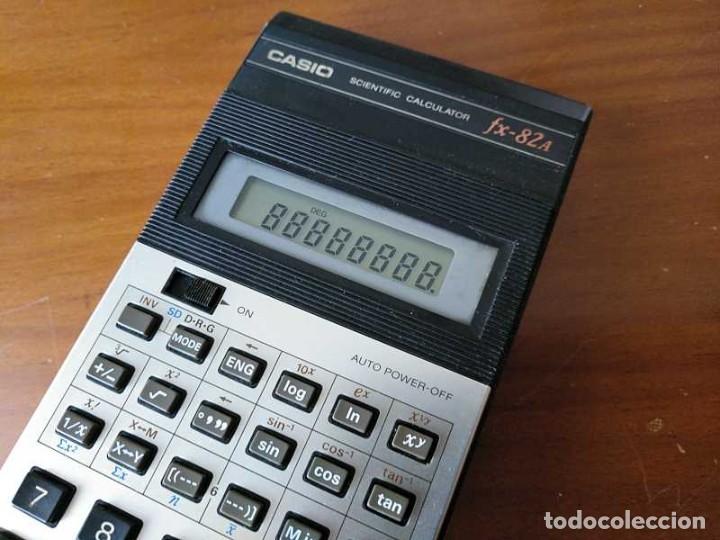
casio fx-82a - calculadora científica - Acheter Articles d'Électronique d'Occasion sur todocoleccion

Casio - fx-82A - - Scientific calculator - Casio fx82A - Casio.ledudu.com - Casio pocket computer, calculator, game and watch library. - RETRO CALCULATOR FX PB SF LC SL HP FA

Rhodri Marsden on Twitter: "Let's hear it for the Casio fx-85 solar powered calculator, just discovered in a box in the loft and still working perfectly 35 years after it was bought.

Casio Fx-82a Taschenrechner Schule Studium Calculator in Nordrhein-Westfalen - Wesel | Büromöbel gebraucht kaufen | eBay Kleinanzeigen



















